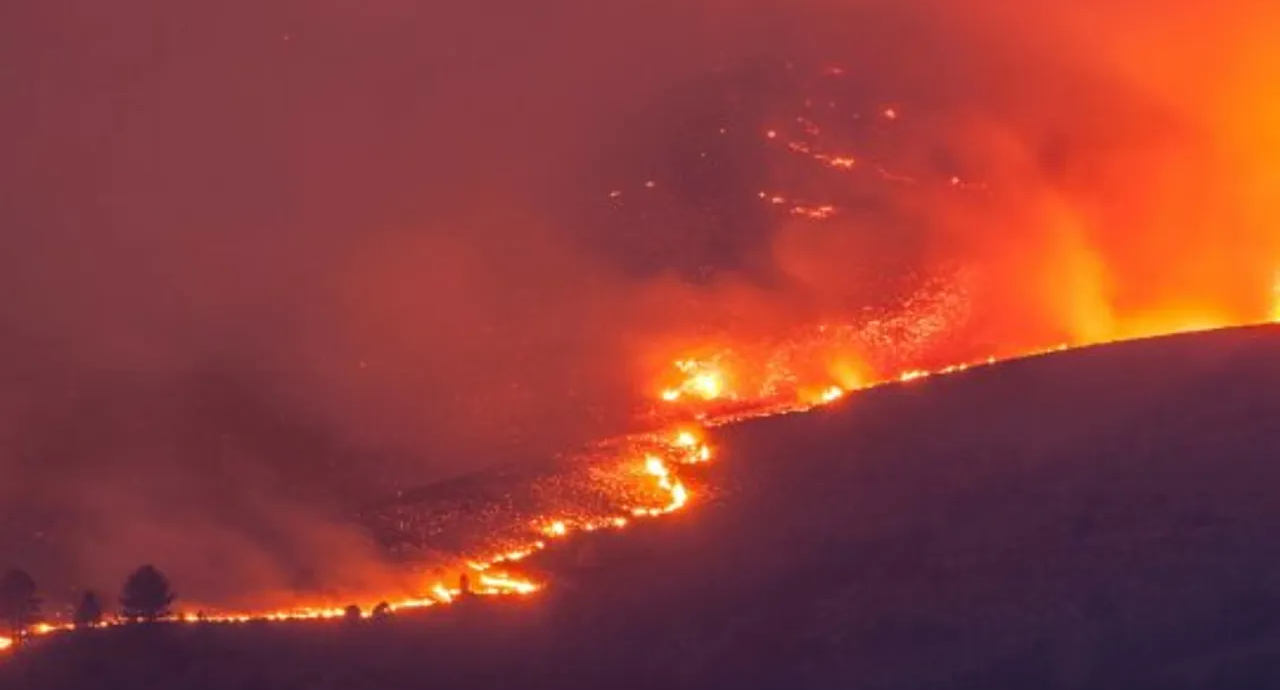2023 News & Events
Earth's temperature would be hotter without volcanoes and fires
26 July 2023
adapted from the AGU Newsroom

Stratospheric aerosols from volcanoes and wildfires slow down the rate of global warming, a new study finds. In the past decade, aerosols from volcanoes and wildfires have offset about 26% of the increase in radiative forcing and 20% of the increase in the planet's surface temperature – but these aerosols won't be able to cool down Earth for much longer as greenhouse gas concentrations increase.
Yu, P., R.W. Portmann, Y. Peng, C.-C. Liu, Y. Zhu, E. Asher, Z. Bai, Y. Lu, J. Bian, M. Mills, A. Schmidt, K.H. Rosenlof, and O.B. Toon, Radiative forcing from the 2014-2022 volcanic and wildfire injections, Geophysical Research Letters, doi:10.1029/2023GL103791, 2023.
Abstract
Volcanic and wildfire events between 2014 and 2022 injected ∼3.2 Tg of sulfur dioxide and 0.8 Tg of smoke aerosols into the stratosphere. With injections at higher altitudes and lower latitudes, the simulated stratospheric lifetime of the 2014–2022 injections is about 50% longer than the volcanic 2005–2013 injections. The simulated global mean effective radiative forcing (ERF) of 2014–2022 is −0.18 W m−2, ∼40% of the ERF of the period of 1991–1999 with a large-magnitude volcanic eruption (Pinatubo). Our climate model suggests that the stratospheric smoke aerosols generate ∼60% more negative ERF than volcanic sulfate per unit aerosol optical depth. Studies that fail to account for the different radiative properties of wildfire smoke relative to volcanic sulfate will likely underestimate the negative stratospheric forcings. Our analysis suggests that stratospheric injections offset 20% of the increase in global mean surface temperature between 2014–2022 and 1999–2002.